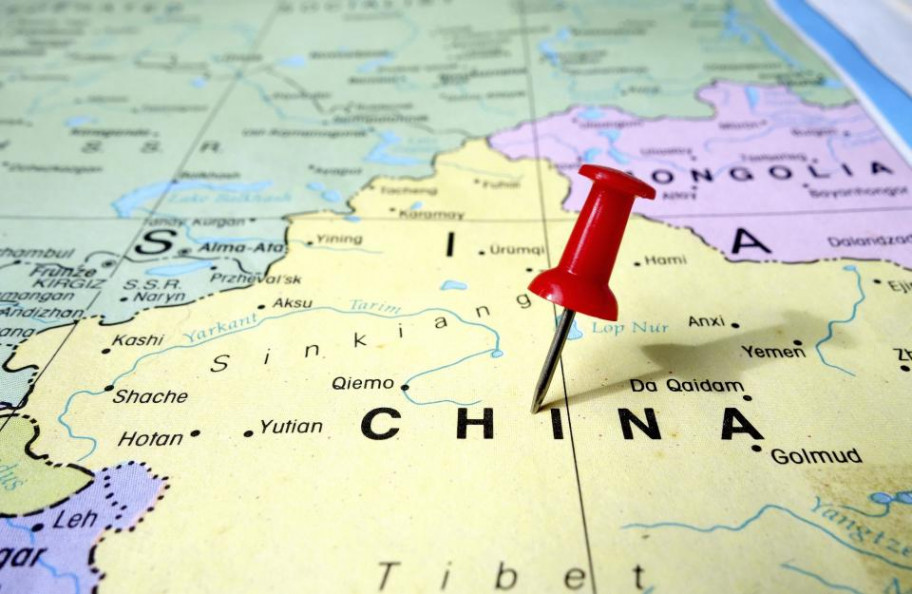On Sep 1, the National Development and Reform Commission issued an announcement on the allocation of sliding-scale duty quotas, stating that the amount of the quotas was 400,000 tons, all of which are non-state trade quotas and are limited to processing trade imports. The allocation of quotas this time conforms to market demand and the policy guidance for promoting exports, and provides certain support to international cotton prices.
1. The allocation of sliding-scale duty quotas conforms to market demand
According to CCFGroup, since the second half of Aug, orders available for weavers have risen apparently, from 6.2 days to 8.1 days. The fulfillment of some orders has also eased the inventory pressure for weavers and cotton yarn mills. With the slight recovery of orders, the allocation of sliding-scale duty cotton quotas is to comply with market demand and in line with the policy guidance for export promotion.
At the same time, with the opening of the profit window for imported cotton, imported cotton with competitive prices also lures buyers' attention. Currently, the supply of cotton quotas under 1% tariff is tight, and prices of the quotas have risen to around 850yuan/mt.
After the allocation of sliding-scale duty quotas, processing trade mills can select the imported cotton to reduce production costs.
2. The allocation of sliding-scale duty quotas to give certain support to international cotton prices
According to CCFGroup, the price spread of Indian cotton shipments and ICE nearby cotton futures is the smallest, followed by Brazilian cotton and West African cotton. Transactions of Brazilian and Indian cotton are relatively good.
With the improvement of low-price cotton transactions, international cotton prices move up generally. The spot price index of Brazilian and Indian cotton have risen higher than that of US upland cotton in the second half of Aug, especially the Brazilian cotton. In Jul and Aug, Brazilian cotton exports have hit new highs, and Indian cotton stocks by CCI also see soaring trading volumes in Aug. CCI has suspended the sales on Aug 25 and raise the selling prices from Sep 1. With the allocation of sliding-scale duty quotas, the international cotton with competitive prices will see tighter supply and prices will also move up, to give certain support to international cotton prices.

International cotton prices gain support from allocation of sliding-scale duty quotas
Το περιεχόμενο του άρθρου δεν είναι διαθέσιμο στη γλώσσα που έχετε επιλέξει και ως εκ τούτου το εμφανίζουμε στην αυθεντική του εκδοχή. Μπορείτε να χρησιμοποιήσετε την υπηρεσία Google Translate για να το μεταφράσετε.

